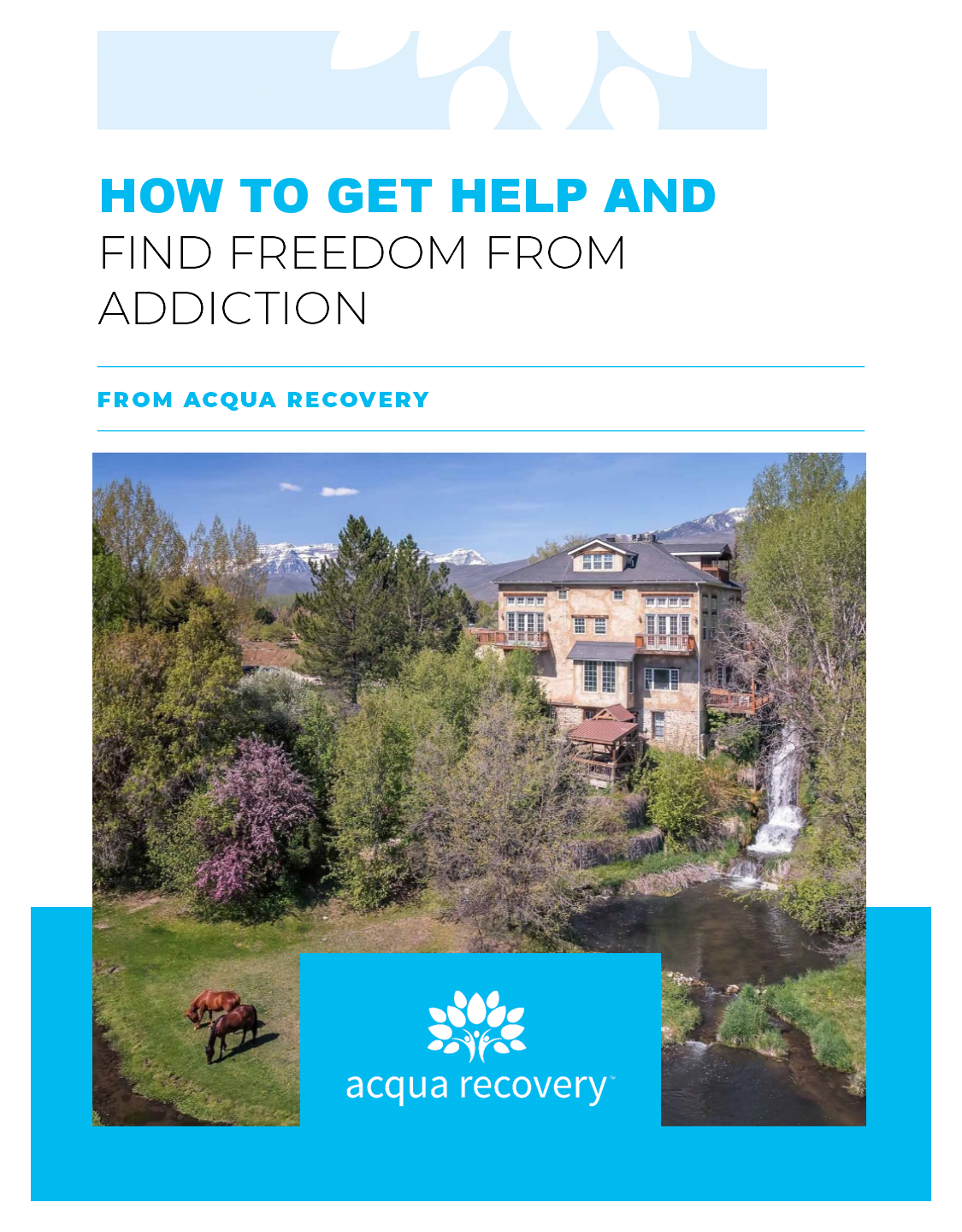Depression is a complex mental health condition that affects millions of individuals worldwide. While the term “depression” is often used colloquially to describe feelings of sadness or low mood, it encompasses a variety of disorders, each with its own unique symptoms and treatments. Understanding the different types of depression is crucial for effectively addressing the needs of those affected. In this article, we will explore various types of depression, their classifications, symptoms, and the impact they have on mental health.
Understanding Depression: A Brief Overview
Depression is more than just feeling sad; it is a medical condition that can have profound effects on a person’s life. It not only diminishes one’s emotional well-being but can also significantly impair physical health, work performance, and relationships.
The World Health Organization identifies depression as a major contributor to the global burden of disease. It is considered a leading cause of disability worldwide and can manifest at any age, often developing during adolescence or early adulthood.
Despite its prevalence, there remains a significant stigma surrounding depression, contributing to misunderstandings and misconceptions about the illness. This lack of awareness can hinder individuals from seeking the necessary help and support.
There are many misconceptions about depression that can perpetuate stigma and misunderstandings. One common belief is that depression is simply a period of sadness or that it is just a phase that someone will get over with time. In reality, depression is a debilitating mental health disorder that often requires treatment, whether through therapy, medication, or a combination of both.
Another misconception is that individuals with depression can simply “snap out of it” if they try hard enough. This belief undermines the complicated interplay of biological, psychological, and environmental factors that contribute to the disorder. It is crucial to recognize that depression is not a sign of weakness but a genuine health condition that needs proper care.
Depression can have a multifaceted impact on mental health, influencing an individual’s ability to function daily. It may lead to challenges in maintaining relationships, experiencing joy, and engaging in activities that were once enjoyable.
Moreover, depression can often co-occur with other mental health issues, such as anxiety disorders, substance abuse problems, and other mood disorders, complicating the treatment process and worsening overall mental health outcomes.
Additionally, the cognitive effects of depression can be particularly debilitating. Individuals may experience difficulties with concentration, decision-making, and memory, which can further exacerbate feelings of frustration and helplessness. This cognitive fog can hinder one’s ability to perform at work or school, leading to a cycle of underachievement and increased feelings of worthlessness.
The physical manifestations of depression should not be overlooked. Many individuals report chronic fatigue, changes in appetite, and sleep disturbances, which can lead to a decline in overall physical health. These symptoms can create a vicious cycle, as poor physical health can further exacerbate depressive symptoms, making it crucial for individuals to seek comprehensive care that addresses both mental and physical health needs.
The Clinical Classification of Depression

Health professionals utilize a clinical classification to categorize the different types of depression. Understanding these classifications is essential for accurate diagnosis and appropriate treatment. Below are some of the most common types of depression as recognized by the Diagnostic and Statistical Manual of Mental Disorders (DSM-5).
Major Depressive Disorder (MDD) is characterized by a persistently low mood lasting for at least two weeks. Individuals with MDD may experience a loss of interest in activities they once enjoyed, persistent sadness, changes in appetite and sleep patterns, fatigue, and suicidal thoughts.
Because MDD can significantly impact daily functioning, it is vital for those experiencing symptoms to seek help from a mental health professional. Treatments often include psychotherapy and antidepressant medications. Ongoing research into the neurobiological underpinnings of MDD has led to a better understanding of how brain chemistry and genetics can influence the disorder, paving the way for more targeted therapies and interventions.
Also known as dysthymia, Persistent Depressive Disorder is a form of chronic depression lasting for at least two years in adults (one year in children and adolescents). Individuals may experience similar symptoms to MDD, but they are typically less severe. However, the chronic nature of this disorder can still severely affect the quality of life.
People with this condition might feel hopeless and struggle to imagine a life without depression. Effective treatments include therapy, lifestyle adjustments, and sometimes medication. Research suggests that incorporating mindfulness practices and cognitive-behavioral strategies can enhance treatment outcomes, helping individuals develop coping mechanisms that foster resilience and improve overall well-being.
Bipolar Disorder is characterized by dramatic mood swings, including episodes of depression and mania. Individuals may experience periods of extreme energy and euphoria followed by episodes of deep depression. These mood swings can occur over days, weeks, or even longer.
While the depressive episodes may share symptoms with Major Depressive Disorder, the mania phase can significantly differentiate Bipolar Disorder from unipolar depression types.
Treatment often includes mood stabilizers, psychotherapy, and lifestyle adjustments. It’s also important for individuals with Bipolar Disorder to monitor their symptoms closely, as early intervention during mood shifts can help manage the severity of episodes and improve long-term stability.
Seasonal Affective Disorder (SAD) is a type of depression that occurs at a specific time of year, most commonly during the winter months when daylight is limited. Individuals with SAD may experience symptoms of depression during this time and often feel better during brighter months.
Many people with SAD benefit from light therapy, psychotherapy, and medication. The recognition of SAD highlights the importance of environmental factors in the mental health landscape. Additionally, lifestyle changes such as increased physical activity and dietary adjustments can also play a significant role in alleviating symptoms, as exposure to natural light and a balanced diet can enhance mood and overall mental health.
Postpartum Depression (PPD) refers to depression that occurs after childbirth. It can affect both new mothers and, in some cases, fathers. Symptoms can include severe mood swings, irritability, feelings of hopelessness, and challenges in bonding with the baby.
PPD is a serious condition requiring prompt treatment. Effective interventions can range from therapy to medication, with support from friends and family playing a crucial role in recovery.
Awareness campaigns have been instrumental in reducing the stigma around PPD, encouraging new parents to seek help, and fostering a supportive community that understands the complexities of adjusting to parenthood.
Atypical Depression is characterized by symptoms such as increased appetite, excessive sleep, and heightened emotional sensitivity, among others. This type of depression can be more challenging to diagnose due to its atypical symptoms that differ from classic depression presentations.
Treatment often involves a combination of psychotherapy and medications tailored to individual symptoms, highlighting the need for personalized approaches in mental health care. Emerging therapies, including transcranial magnetic stimulation (TMS) and ketamine infusions, are being explored for their effectiveness in treating Atypical Depression, offering hope for those who have not found relief through traditional methods.
For More Information on Depression, Contact Acqua Recovery Today!
 Take the first step towards healing and understanding your mental health. At Acqua Recovery in Utah, we offer personalized care and support to help you navigate the different types of depression. You are not alone in this journey. Reach out to us today to learn more about our compassionate treatment options and start your path to recovery. Your well-being is our priority. Contact us now for a brighter tomorrow.
Take the first step towards healing and understanding your mental health. At Acqua Recovery in Utah, we offer personalized care and support to help you navigate the different types of depression. You are not alone in this journey. Reach out to us today to learn more about our compassionate treatment options and start your path to recovery. Your well-being is our priority. Contact us now for a brighter tomorrow.











